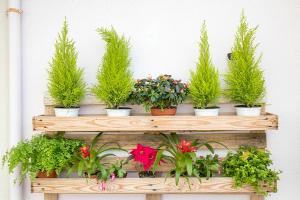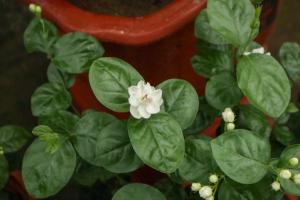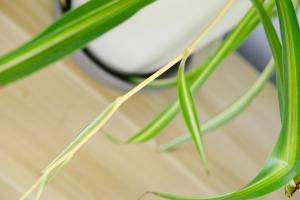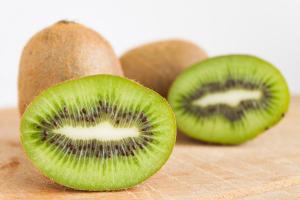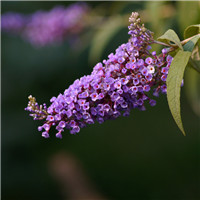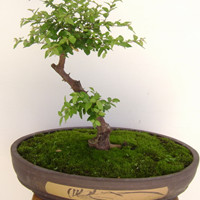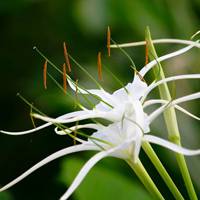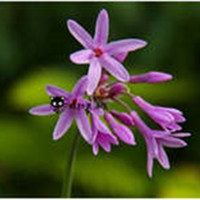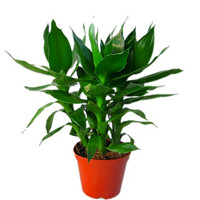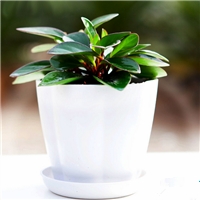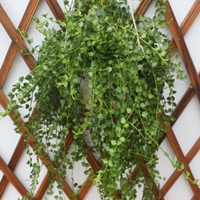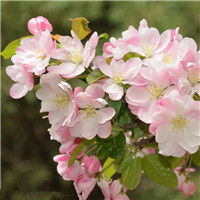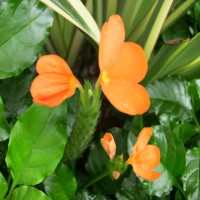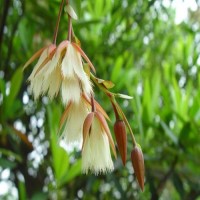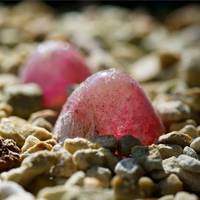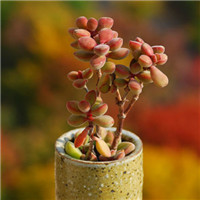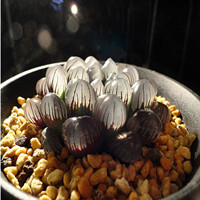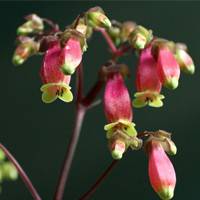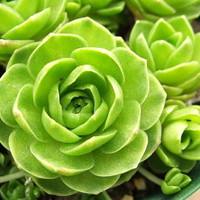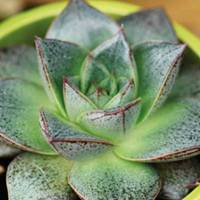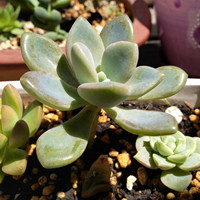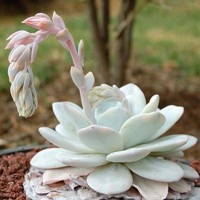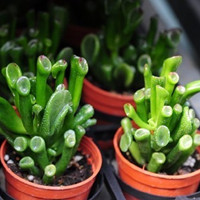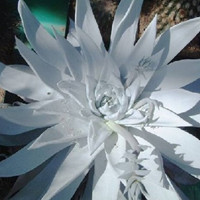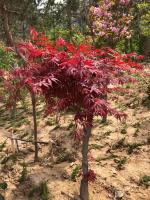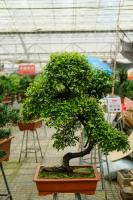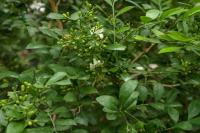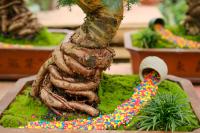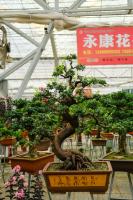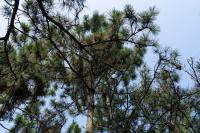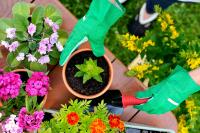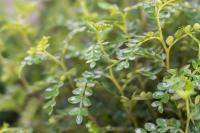Soil
Australian fir has high requirements for soil. It is necessary to choose soil with good drainage, which is especially good for the roots, so that the roots will not be very wet and rotten roots will appear. Then choose slightly acidic sandy soil. Generally, when potting, we will mix garden soil, rotten leaf soil and peat moss to prepare it, and then form a good matrix to meet the needs of roots and survive better
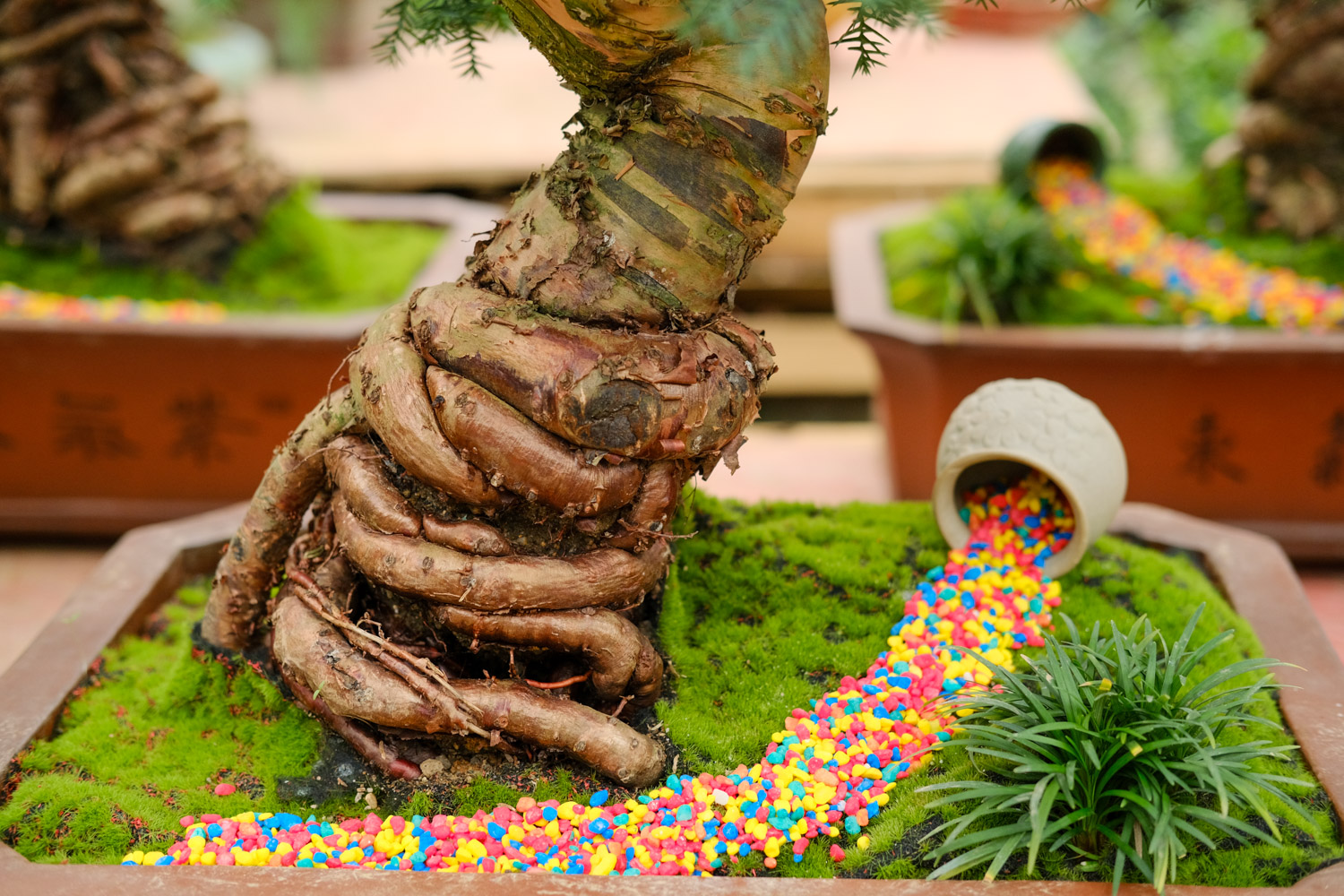
Watering
When Australian fir changes from spring to autumn, you should remember to water more, but remember that there can be no ponding in the basin. Under the condition of high temperature and dry weather, spray water on the plants in the basin and the ground near it to reduce the temperature and increase the humidity. Watering must be timely. Don't wait until the soil is very dry. At the end of autumn, slowly reduce the amount of watering to enhance its cold resistance
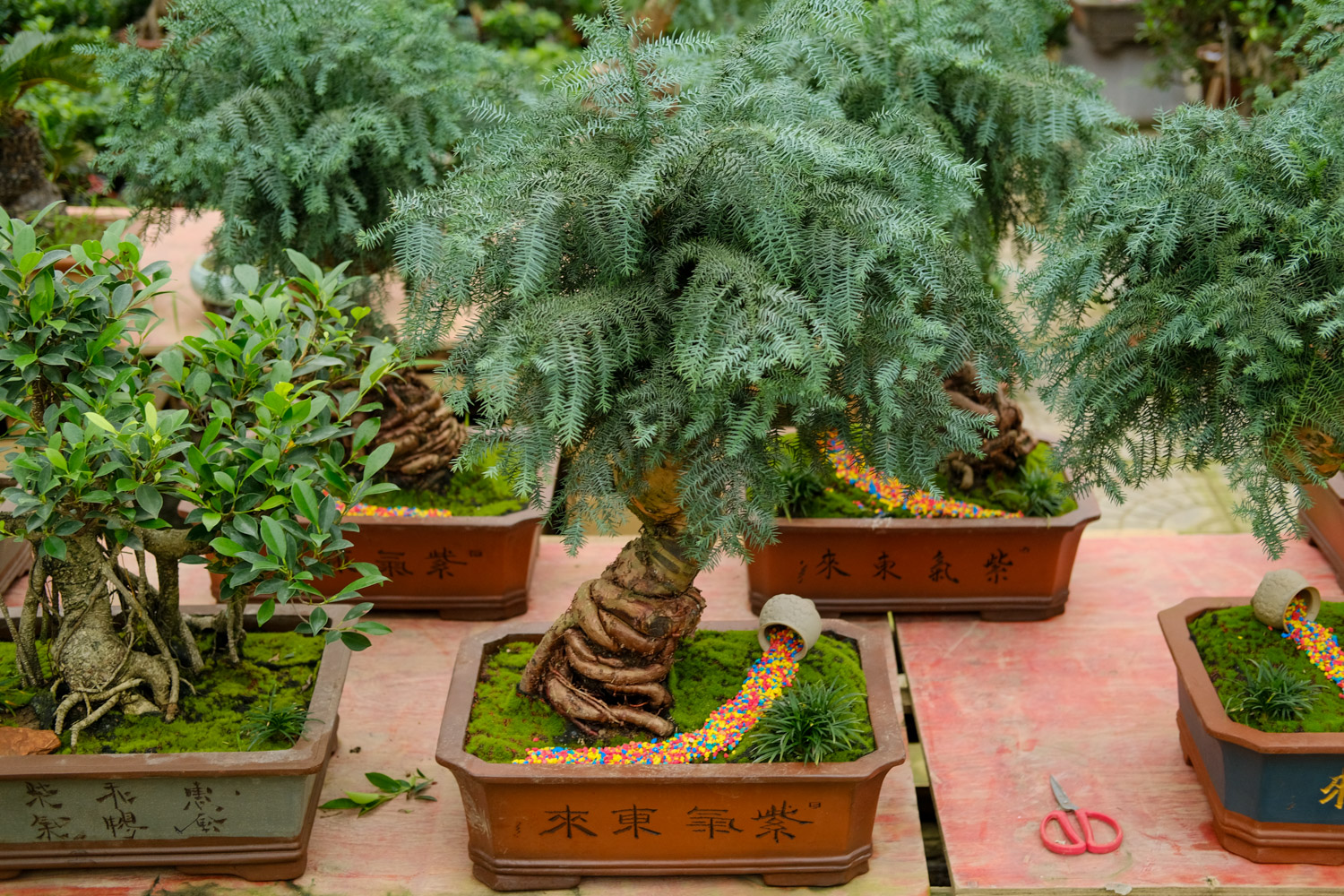
Illumination
Australian fir prefers diffuse light, so it is more suitable to be placed in a brighter place in the shed. If you put it in the dark for a long time, you should move it to the sun every few weeks. Proper illumination can keep the leaves thick green and good gloss
Temperature
Its growing season is relatively long. Except when the temperature exceeds 32 ° in summer, other temperatures can grow all year round
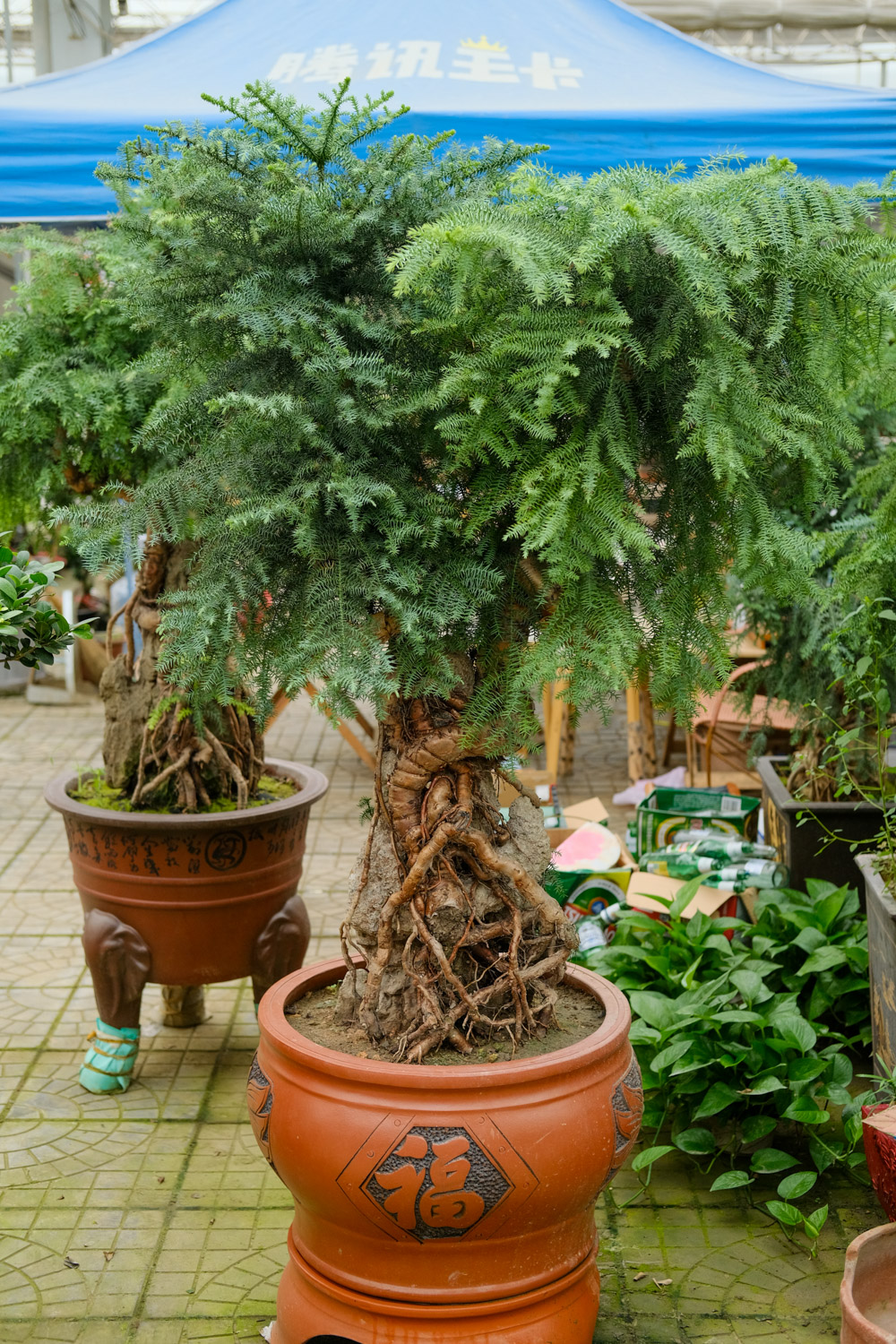
Fertilization
In the growing season, additional fertilization should be carried out every two weeks, and the compound fertilizer containing nitrogen and potassium is the most appropriate. If the fertilizer supply is insufficient, the leaves will turn yellow
Pest control
The disease and insect damage of Sequoia chinensis is very few. When we raise it indoors, we often encounter scale insects to hurt it. At this time, we can use appropriate chemicals and an appropriate amount of water to spray regularly to kill these insects

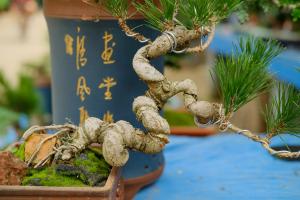 Common species of pi...
Common species of pi...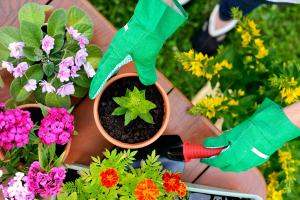 How to make purple b...
How to make purple b...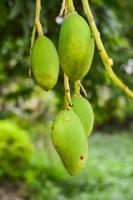 How to raise mango b...
How to raise mango b...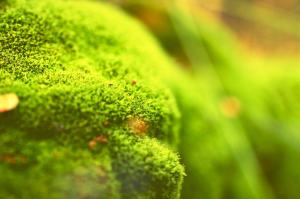 How to water the pot...
How to water the pot...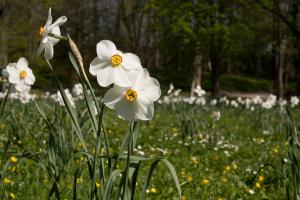 How to make miniatur...
How to make miniatur...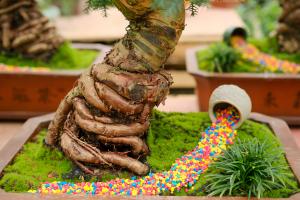 How to maintain Aust...
How to maintain Aust...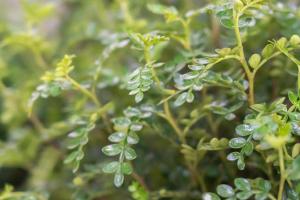 Cultivation method o...
Cultivation method o...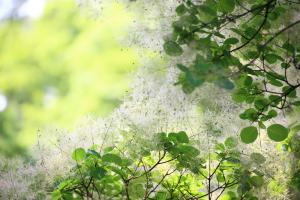 How to maintain the ...
How to maintain the ...

